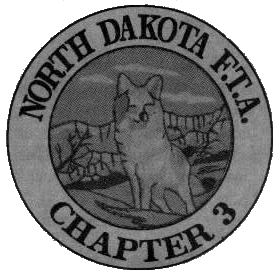Millions of dollars each year are generated through fur harvesting. Trapping has been recognized as a valuable wildlife management tool. In recent years many dedicated trappers have tried their best to maintain and balance wildlife populations and the habitat that wildlife depends on. The general public, when uninformed, fails to recognize wildlife management as an efficient means of maintaining wildlife populations. There are groups of people who feel that the removal of certain animals tend to decrease or endanger our animal populations. In reality when certain animals are harvested we greatly improve the health and numbers of animals that are left to breed. It does not matter whether its cattle, deer, muskrats, or beaver, animal populations that are left to reproduce have the capacity to destroy their ecosystems. Muskrats for example, will destroy the vegetation in swamp which destroys their own habitat as well as the habitat of other wildlife. Wildlife managers use the phrase called "carrying capacity" which is the number of animals that an area can sustain for a long term before damaging the environment. If a carrying capacity is exceeded, both the habitat and animal populations suffer. It is also at this time that factors such as disease and starvation reduce populations. This type of death is much more inhumane than hunting or trapping.
Trapping allows the trapper to utilize the surplus animals rather than allowing them to be wasted. This helps to maintain a healthy viable wildlife population.
Trapping and hunting can reduce the number of surplus animals in a given area which in turn reduces the chances of contracting and spreading diseases. Some of the more important diseases that can be transmitted to a human from animals are rabies, plague, tularemia, mange, and rocky mountain spotted fever. Other diseases such as distemper and lepto, which are not transmitted to humans, endanger livestock and the survival of wildlife. No one is more interested than the trapper or hunter in the survival of our furbearing species.
Wildlife management practices for furbears and game animals help the non-game species as well.
